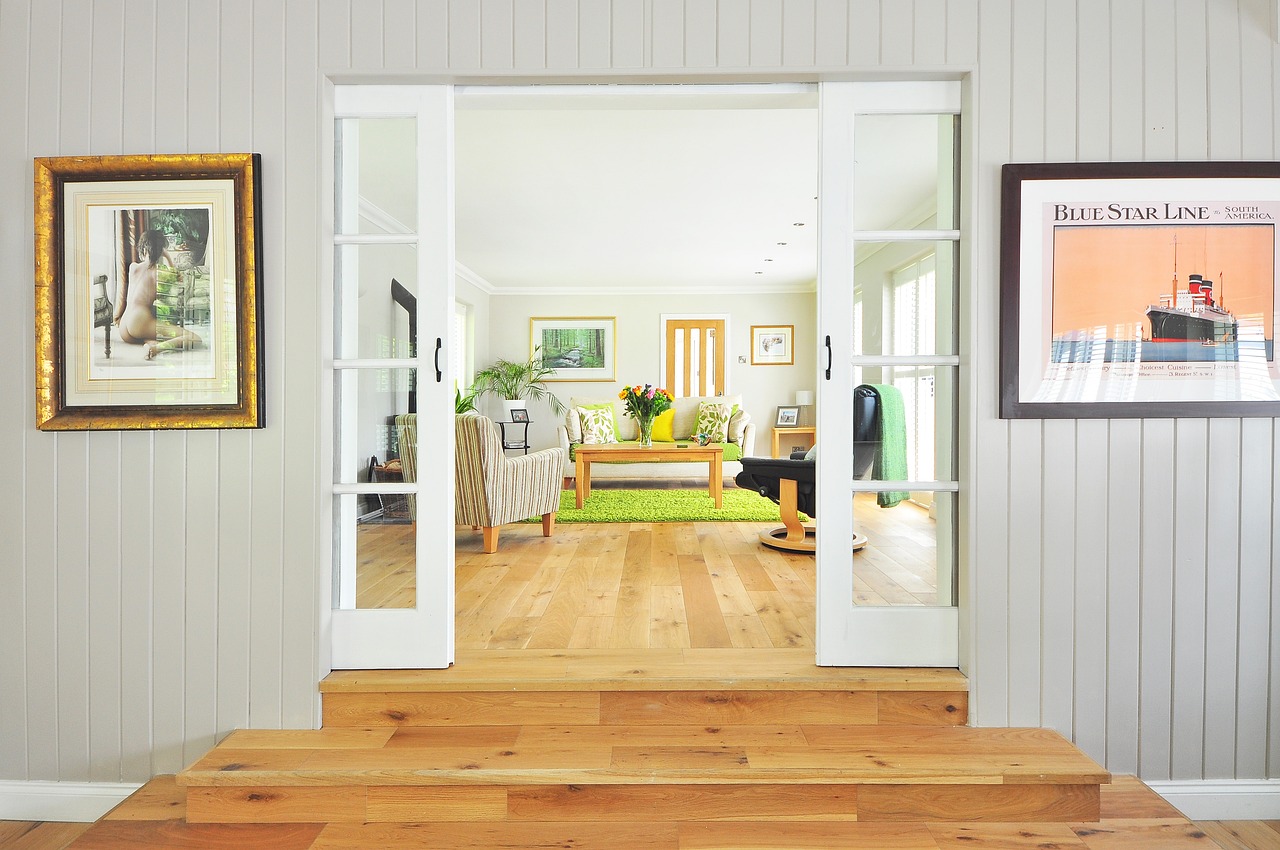
EXPLORE WITH US
Unveiling Our Latest Home & Garden Insights
Embark on a journey of discovery with Z Glass, as we unravel innovative design ideas, latest trends, and expert advice to turn your home and garden into a stunning manifestation of your personal style. Drawing inspiration from the sophisticated and affluent area of Chelsea, we incorporate elements that capture its luxurious and artistic spirit into our designs. Our interior design Chelsea focus ensures each project not only meets global standards but also resonates deeply with the local ambiance.

Complimentary Consultation
Embarking on your design journey with us? Take advantage of our complimentary initial glass balustrades consultation that sets the foundation for your dream space.

Support 24/7
Have burning questions or need design advice at odd hours? Don’t worry, our support team is available round the clock to assist you at every step of your home transformation journey. We can help you find the right Northampton mortgage broker to work with your needs too.

Expert Guidance
A waste management company play a pivotal role in maintaining ecological balance and public health. They offer comprehensive services for the collection, transportation, disposal, and recycling of waste, in adherence to environmental regulations. T
Discover Our Services
Delve into our vast array of services designed to assist you in curating your dream spaces.
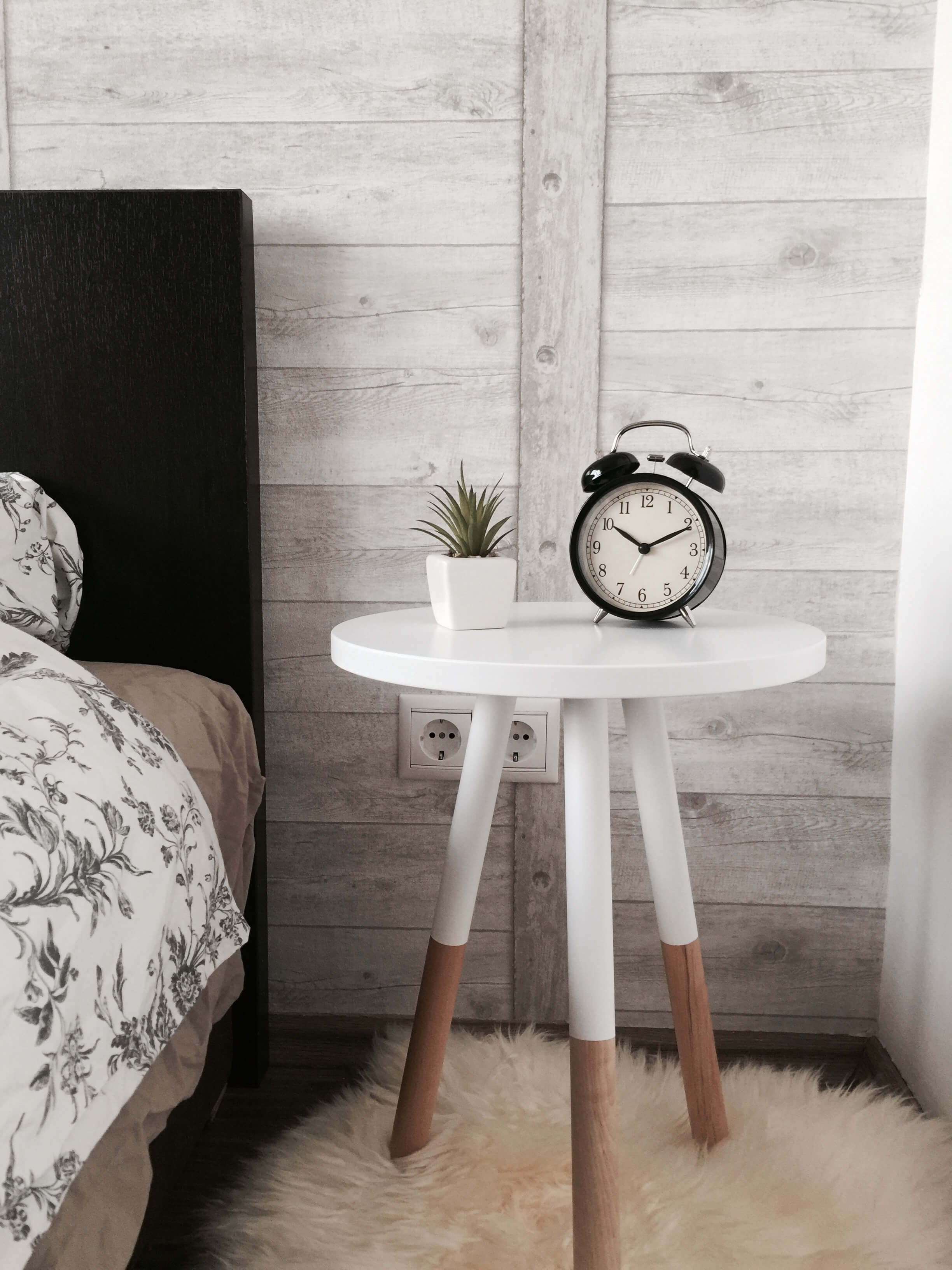
Furniture Selection and Placement
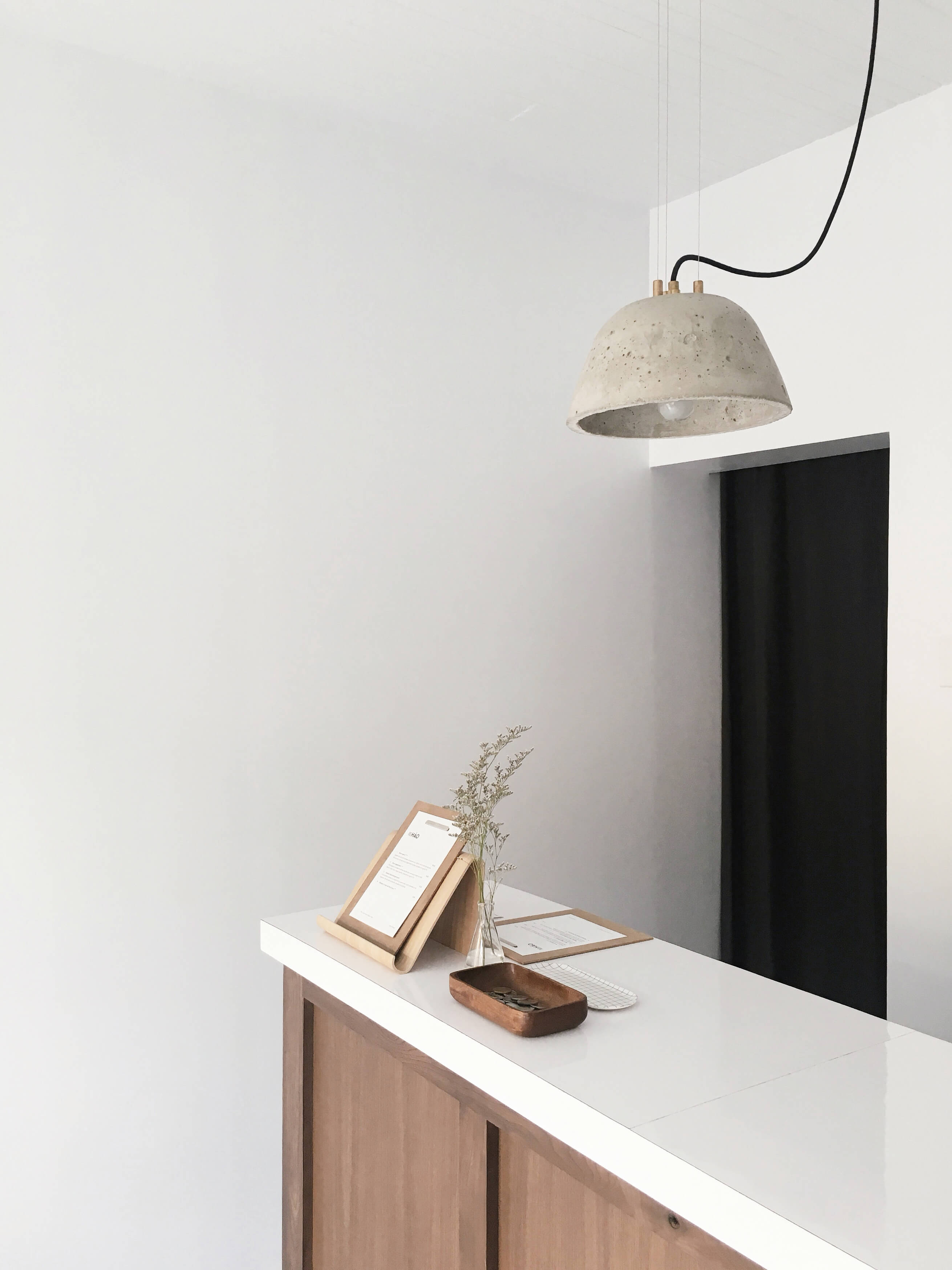
Decorating Advice
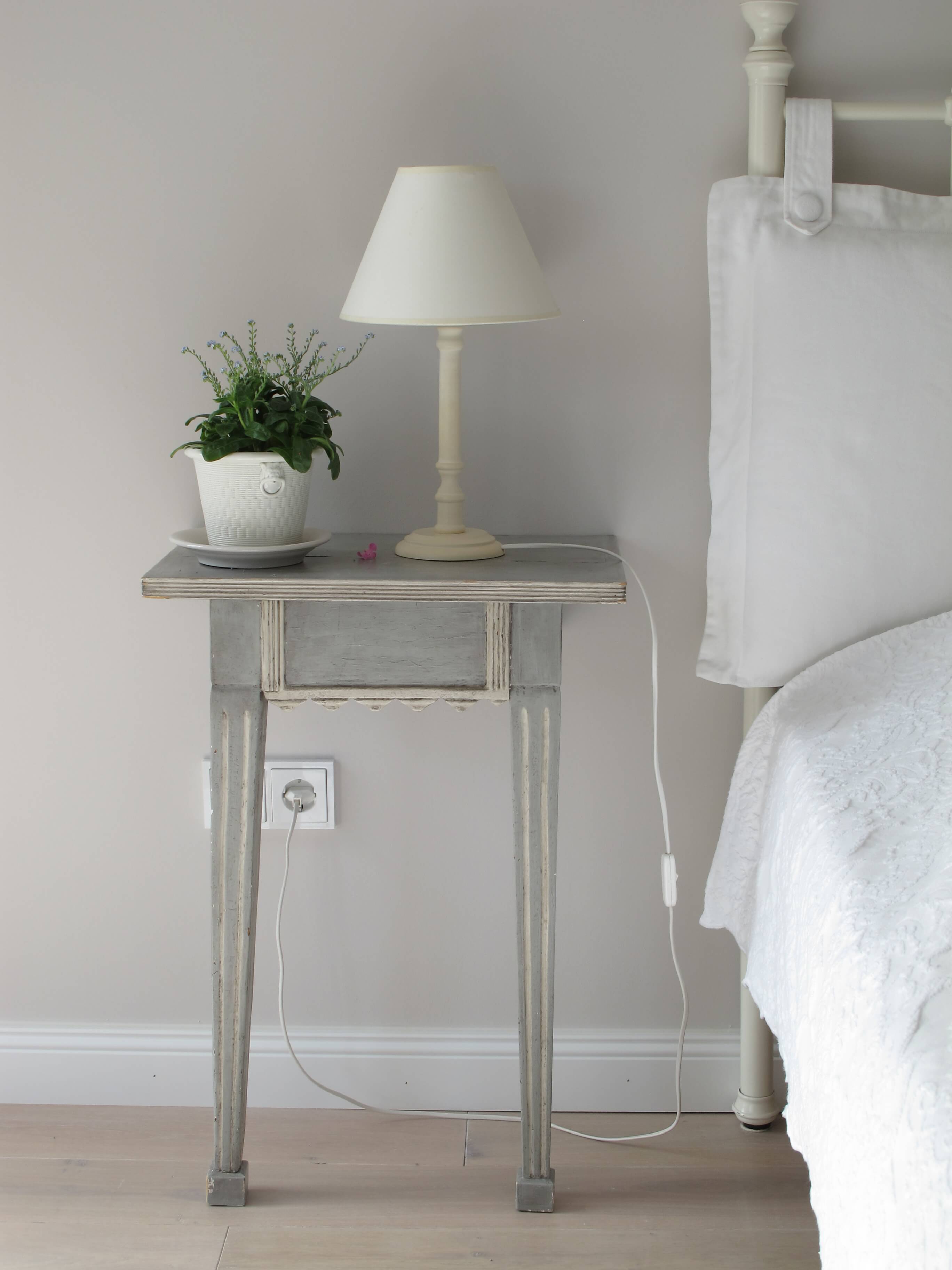
Garden and Outdoor Space Planning
Embrace Your Style
Founded in 2021, Z Glass has quickly emerged as a comprehensive partner for all things home, garden, and decor. With a dynamic team of nine individuals, we bring a wealth of knowledge and craftsmanship in various aspects of home and garden design, ensuring that every project we undertake is an exquisite reflection of your personal style and needs.
Bicycle bearings come into play in virtually every spinning or rotating part of a bike – the headset, hubs, pedals, and bottom bracket. They are designed to reduce friction and provide a smooth ride. High-quality bicycle bearings can significantly improve the bike’s performance by enabling more efficient and effortless rotation of parts.
We’re passionate about building beautiful living spaces and gardens, crafting atmospheres that resonate deeply with the homeowners. Whether offering furniture placement advice, Oxford skip hire, providing decorating insights, planning your outdoor spaces, or guiding you through exciting DIY projects, our mission is to make home improvement an inspiring and rewarding journey.
Our integrity, creativity and commitment strike the perfect balance between aesthetics and functionality, pushing the boundaries of design to transform your spaces into your dream home.
Want to know more? Let’s embark on this transformation journey together. Click “LEARN MORE” to discover how Z Glass can help you unleash the potential of your home and garden.

Latest News
Read more from our talented team…
-
Discovering the Best Tree Surgeon in Huntingdon: A Guide to Expert Tree Care

Finding a reliable and expert tree surgeon in Huntingdon is essential for maintaining the health and beauty of your gardens and green spaces. Whether you own a residential property with […]
-
From Classic to Contemporary: Exploring London’s Interior Design Mastery

In the heart of the UK, London acts as a vibrant playground for interior design, where classic influences meet contemporary innovations. This exploration into the mastery of London interior designers […]
-
Navigating the World of Bearings: A Deep Dive into Their Impact and Use
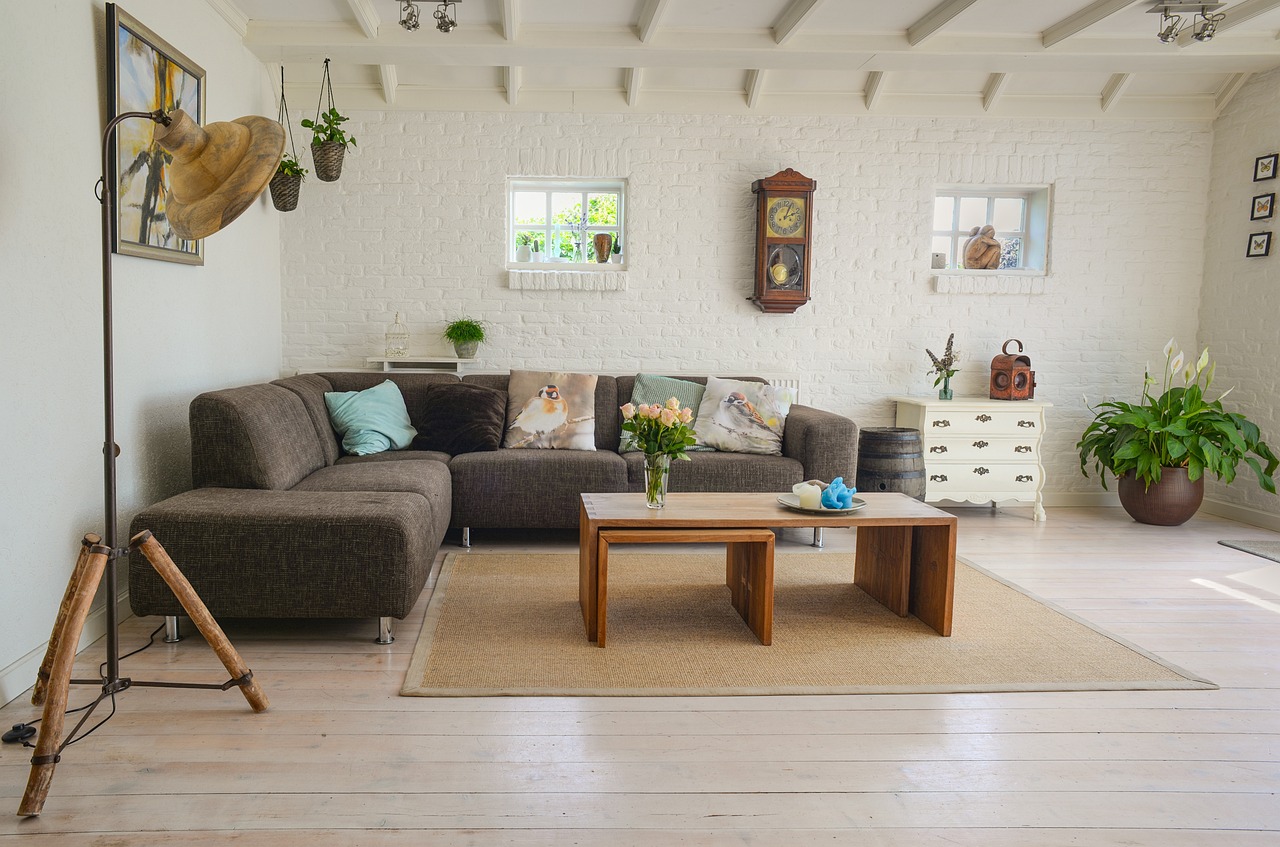
Hidden within the core of your car’s engine or nestled silently in the wheel of your bike, bearings are the unsung heroes of the mechanical world. These pivotal components play […]
-
Navigating the Waters: Your Guide to Choosing a Drain Company in Oxford

Whether it’s the historic charm of its university or the picturesque routes along the Thames, Oxford is a city that captivates. But even in such beauty, practicalities like maintenance can’t […]
-
Elevating Modern Architecture: The Role of Glass Balustrades

Modern architecture constantly seeks transparency and fluidity, often using elements that allow light and vision to permeate spaces effortlessly. Among these elements, the glass balustrade stands out as a favorite […]

